I Serpenti Italiani Posted by Serena on Jun 8, 2011 in Uncategorized
In my recent blog “I Serpenti che Arrivano dal Cielo” I wrote about the popular urban myth concerning snakes being dropped from helicopters into the Italian countryside. We do, of course, have lots of snakes in Italy, but the mass of tourists who visit Venezia, Roma, Firenze and so on, are very unlikely to see them. However if you like to go out into the countryside and do a bit of walking, especially in the warmer months, sooner or later you will probably encounter un serpente (a snake).
Here are the serpenti italiani that you are most likely to see:
1. Il biacco (Coluber viridiflavus)
Nomi comuni (common names): frustone, verdone.
Molto veloce nei movimenti, arriva a 150 cm di lunghezza. Innocuo. (Moves very quickly, up to 150cm length. Not poisonous)
The biacco is the most widespread Italian snake and we often see them where we live in Lunigiana in the north of Tuscany.
——————————————————————————
2. Il saettone (Elaphe longissima)
Nomi comuni (common names): frustone, biscione.
Molto veloce nei movimenti, arriva a 200 cm di lunghezza. Si arrampica facilmente sugli alberi. Innocuo. (Moves very quickly, up to 200 cm in length. It climbs trees easily. Not poisonous.) We once saw a 2 meter saettone happily slithering over a large bramble bush!
——————————————————————————
3. La biscia dal collare – The Collared Snake (Natrix natrix)
Nomi comuni (common names): rospara, serpe d’acqua.
Molto veloce nei movimenti, arriva a 120 cm di lunghezza. Spesso nei pressi di fontanelle e fossi. Innocua.
(Moves very quickly, up to 120 cm in length. Often found near drinking fountains and ditches. Not poisonous.) In fact we frequently find them near the drinking fountain in front of our house.
——————————————————————————
4. Il cervone (Elaphe quatuorlineata)
Nomi comuni (common names): pasturavacche per una leggenda secondo la quale questo serpente ama succhiare il latte dalle mammelle delle vacche! (pasturavacche, due to a legend according to which this snake loves to suck milk from the cows’ udders!)
Molto lento nei movimenti, arriva a 150 cm di lunghezza. Predilige ambienti boscosi, umidi e ricchi di vegetazione. Innocuo. (Very slow moving, up to 150cm in length. Prefers humid wooded environments with lots of vegetation. Not poisonous.)
——————————————————————————
5. L’orbettino (Anguis fragilis)
Nomi comuni (common names): biscia, orbettino.
Piuttosto lento nei movimenti, arriva al massimo a 50 cm di lunghezza. Predilige ambienti boscosi, umidi e ricchi di vegetazione. Innocuo. (Very slow moving, up to 50 cm in length. Prefers humid wooded environments with lots of vegetation. Not poisonous.)
The orbettino is not actually a snake but a lizard which during its evolution has lost its legs. We find a lot of them on our orto (vegetable plot) especially during the colder months when we have to repair the old stone terrace walls where they like to hibernate. Geoff usually picks them up and moves them to a safe place. He once found a nest containing about six of them all tangled together like golden Medusa’s hair!
——————————————————————————
7. Last but not least, the one that you have to be careful of: La vipera comune – The Common Viper (Vipera aspis)
Facilmente riconoscibile dagli altri serpenti italiani per diverse caratteristiche (Easily recognizable from the other Italian snakes due to several characteristics):
• pupilla verticale come quella di un gatto (vertical pupil like a cat’s – you probably won’t get close enough to check this out!)
• testa nettamente triangolare col naso rivolto all’insù (distinctly triangular head with upturned nose)
• disegno caratteristico sul dorso o colorazione completamente nera (characteristic pattern on the back, or completely black in color)
• coda corta che si assottiglia bruscamente (short tail that tapers sharply)
Piuttosto lenta nei movimenti e difficilmente supera i 60 cm di lunghezza. Velenosa. (Very slow moving, rarely more than 60 cm in length. Poisonous.)
State attenti!

Build vocabulary, practice pronunciation, and more with Transparent Language Online. Available anytime, anywhere, on any device.



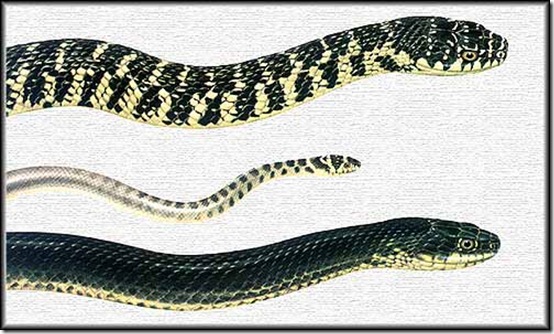
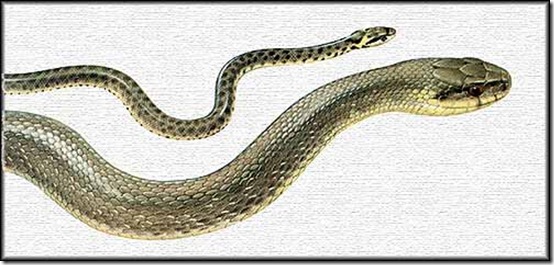
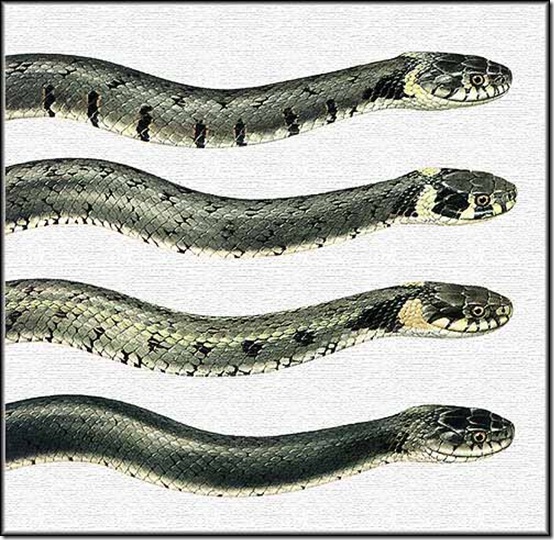
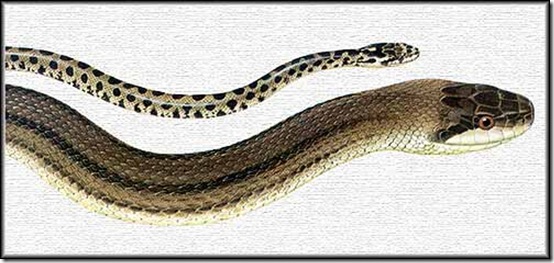
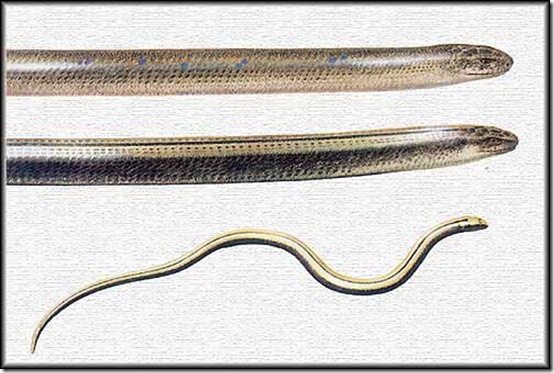
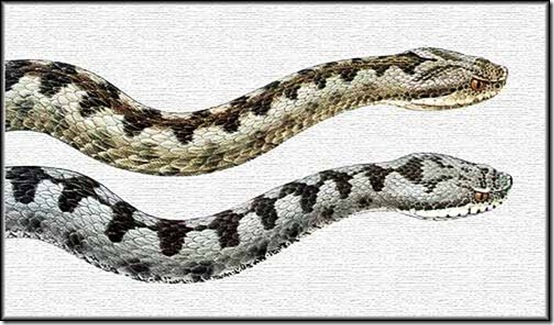

Comments:
Rini:
I have seen two of these species since we’ve lived here: the viper and the biacco. I actually thought the biacco was called a “western whip snake”. We live right next to a forest up here and we see the snakes quite frequently. I’m relieved to know that only the viper is poisonous. Much better odds than in my homeland of Australia!!
Jeannet:
Salve Serena,
Grazie mille per il tio avvisa, un uomo avvisato conta per due!
pffff….
Saluti Jeannet
lorenzo:
ma gli orbettini riescono ad arrampicarsi su alberi o arbusti?non credo ma ero curioso,grazie ciao
Serena:
@lorenzo Salve Lorenzo, non sono un’esperta in orbettini, ma da quanto ho letto vivono soprattutto nel sottobosco e ai margini dei boschi. Preferiscono stare nell’erba o sottoterra o sotto i sassi, ma non disdegnano i cespugli. Mangiano soprattutto lombrichi e lumache, ma anche uova d’uccelli. Quindi penso che un pochettino riescano ad arrampicarsi.
Ciao!
Serena